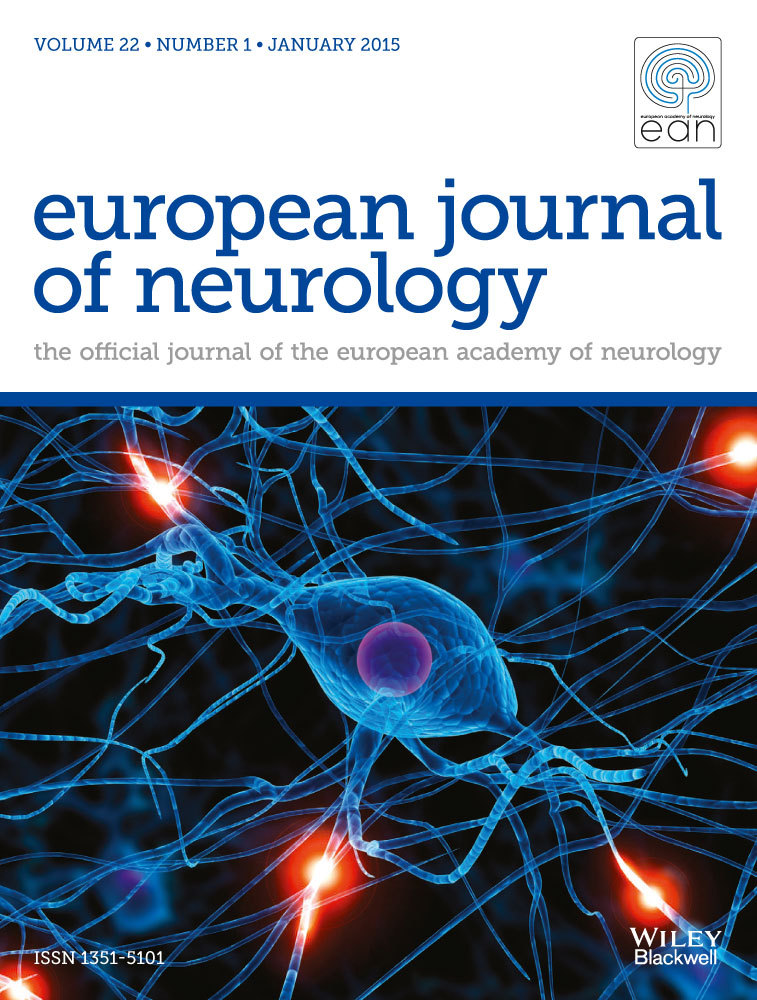Elevated Serum MCP-2 and TARC Associated With Increased Risk of Death in Guamanian ALS Patients
Abstract
Background
This study explores the relationship between inflammation and longevity in a high-incidence focus of amyotrophic lateral sclerosis (ALS) in post-WWII Guam. Characteristics of this focus include the sudden appearance of the disease in high numbers and the unusually long lifespan (without medical interventions) seen in some cases. We used bio-banked specimens to evaluate the relationship between serum immunoregulators and survival time.
Methods
We evaluated sera from 69 Guam ALS cases collected within 2 years of symptom onset by NIH researchers from 1950 to 1983 for 11 immunoregulators via ELISA (CRP, eotaxin-1, RANTES, IL-6, IL-8, IL-10, IFN-γ, IP-10, MCP-1, MCP-2 and TARC). Factor analysis identified two factors responsible for ~68% of the variation in the data. We estimated Cox proportional hazards models to identify immunoregulators associated with time to death.
Results
Each 10-unit increase in factor 2 cytokines (MCP-2 and TARC) was associated with a 38% increase in the risk of death (HR: 1.38; 95% CI: 1.19, 1.65; p: 0.00). Discussion: Like sporadic ALS cases worldwide, inflammation is associated with a shortened lifespan in Guamanian ALS; more specifically, our findings suggest serum levels of MCP-2 and TARC at onset may predict disease duration. Further investigation is needed to determine the role of these immunoregulators in disease prognosis and as targets for diagnostic and therapeutic interventions.


 求助内容:
求助内容: 应助结果提醒方式:
应助结果提醒方式:


